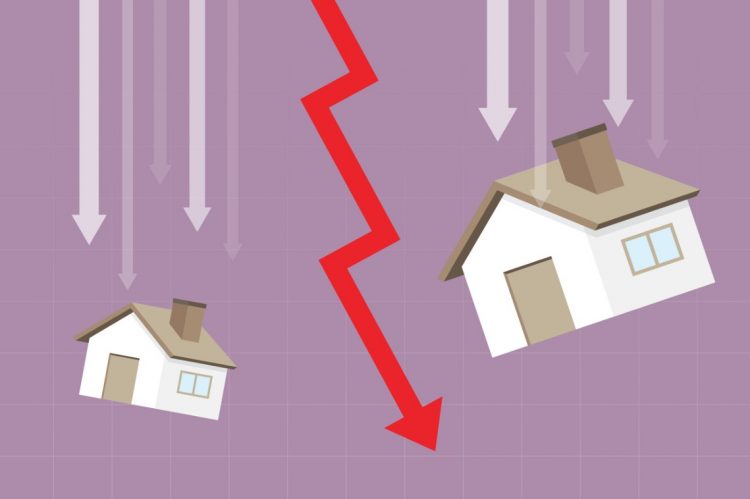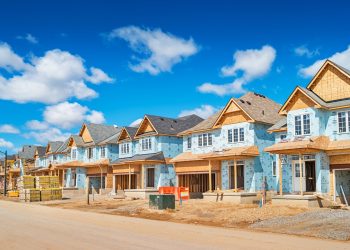In September 2023, existing-home sales declined by 2% month-over-month, coming in at about 3.96 million. This data comes courtesy of the National Association of REALTORS®’ (NAR) latest monthly report tracking such sales. Existing-home sales make up the majority of housing transactions in the U.S., so this change acts as a market bellwether.
For reference, in August 2023, existing-home sales declined 0.7%. The downward trajectory of sales has not only continued, it has accelerated. The September 2023 existing-home sales number is also down 15.4% (from 4.68 million) in September 2022.
As for the prices of these existing homes, the national median price grew 2.8% year-over-year ($383,500 to the current $394,000). The report found that on a regional level, prices also rose throughout the U.S. while sales declined. When homes get more expensive, it’s only natural that fewer people will be buying them.
As the report notes, U.S. mortgage rates have consistently been over 7%, approaching 8%. This is the highest in decades, and an undeniable cause of declining affordability.
NAR Chief Economist Lawrence Yun shared this reaction to the data:
“As has been the case throughout this year, limited inventory and low housing affordability continue to hamper home sales. The Federal Reserve simply cannot keep raising interest rates in light of softening inflation and weakening job gains.”
For Yun, low inventory and affordability are part of the same problem; he argues that there is a “pressing need” for more housing supply, which would theoretically through some Econ 101: increase affordability by reducing scarcity and, therefore, value.
In a promising sign, total housing inventory is up month-over-month: 1.13 million in September, a 2.7% increase from August and about 3.4 months worth of housing supply. However, this also constitutes a year-over-year drop (September 2022 registered inventory of 1.23 million homes, 8.1% higher than now). 2023 has been filled with signs that the pandemic boom of real estate is over, and this is just one of them.
On a regional level, NAR’s existing-home sales reports divide the U.S. into four sections: the Northeast, the South, the Midwest and the West. The data from those regions was as follows.
Existing-home sale declines month-over-month (from least to most):
- The South (1.82 million sales in September, down 1.1% from August)
- The Midwest (930,000 sales in September, down 4.1% from August)
- The Northeast (500,000 sales in September, down 4.2% from August)
- The West (710,000 sales in September, down 5.3% from August)
Existing-home sale median price increase month-over-month (from most to least):
- The Northeast (price of $439,900 in September, up 5.2% from August)
- The Midwest (price of $293,300 in September, up 4.7% from August)
- The South (price of $360,500 in September, up 3.1% from August)
- The West (price of $606,100 in September, up 1.8% from August)
As you can see, the report tracks changes as an indicator of market activity, not raw numbers; the West may have the highest prices, but as tempting as that sounds to a listing agent, that doesn’t necessarily indicate a healthier/more active market.
Yun offered a summary of the regional breakdown: “The Northeast posted the strongest price gain resulting from higher demand coupled with inventory falling by 20%. The West experienced softer price growth reflecting a pause after years of unsustainable and rapid price increases, especially in the Rocky Mountain region.”
Read the full report here.












